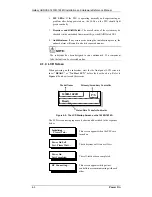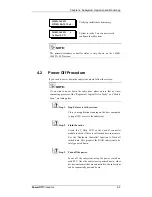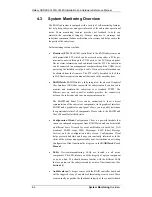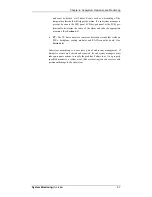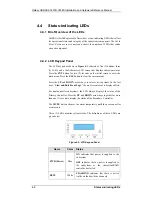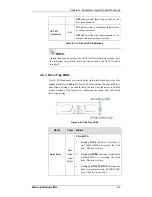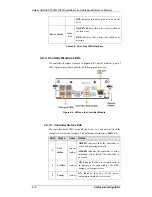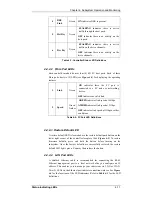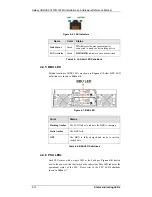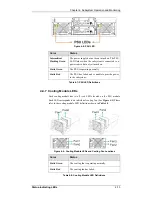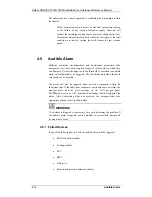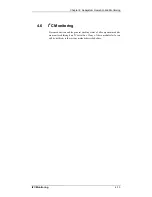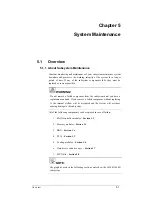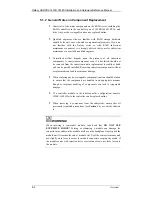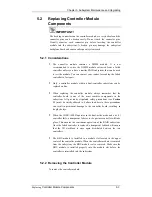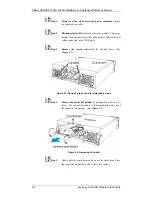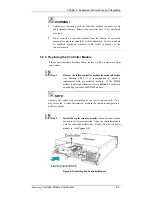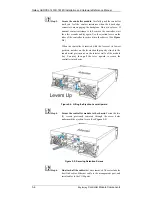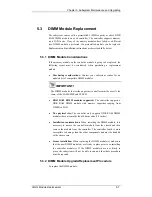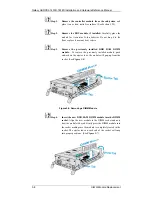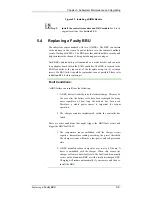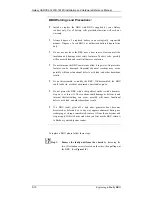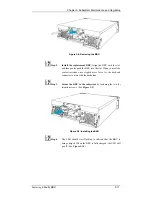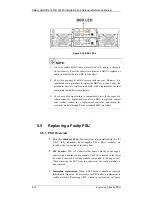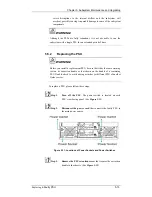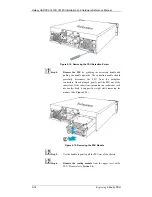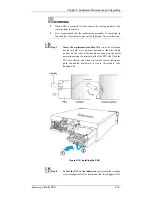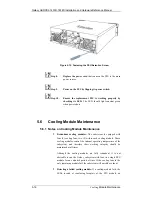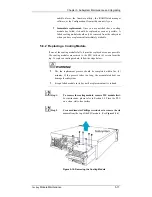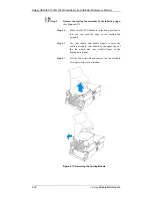
Chapter 5: Subsystem Maintenance and Upgrading
Replacing
Controller Module Components
5-3
5.2
Replacing Controller Module
Components
IMPORTANT!
The docking connectors on the controller module are very delicate and the
connector pins can be broken easily. Do not touch the connector pins.
Visually examine each connector pin before inserting the controller
module into the subsystem. A broken pin may damage the subsystem
backplane board and cause a subsequent system crash.
5.2.1 Considerations
The controller module contains a DIMM module. It is not
recommended to re-use the DIMM module extracted from a failed
controller unless you have a similar RAID subsystem that can be used
to test the module. You can contact your vendor for sending the failed
controller in for repair.
Only a controller module within a dual-controller subsystem can be
replaced online.
When replacing the controller module, always remember that the
controller board is one of the most sensitive components in the
subsystem. All previously stipulated safety precautions (see
Section
2.3
) must be strictly adhered to. Failure to adhere to these precautions
can result in permanent damage to the controller board, resulting in
lengthy delays.
When the 1430R-16F4D operates in the dual-active mode and one (1)
controller fails, a transparent failover to the partner controller will take
place. This ensures the continuous operation of the RAID subsystem.
Once the failed controller is replaced, a transparent failback will ensure
that the I/O workload is once again distributed between the two
controllers.
The BBU module is installed in a module slot located in the upper
center of the controller module. When the controller module is removed
from the subsystem, the BBU module is also removed. Make sure the
BBU module is installed properly into the module slot before the
controller is reinstalled into the subsystem.
5.2.2 Removing the Controller Module
To remove the controller module:

